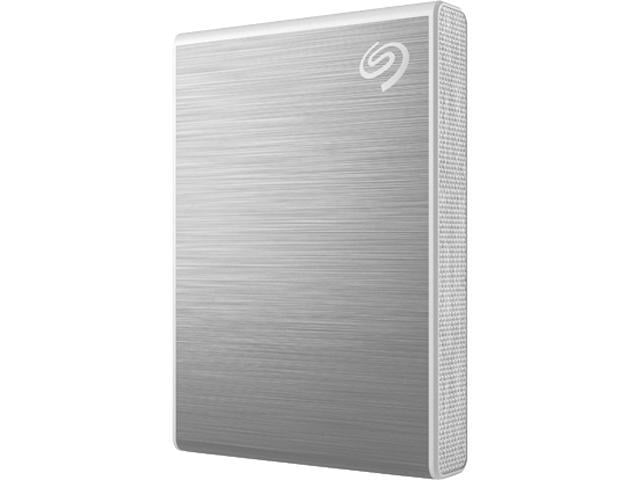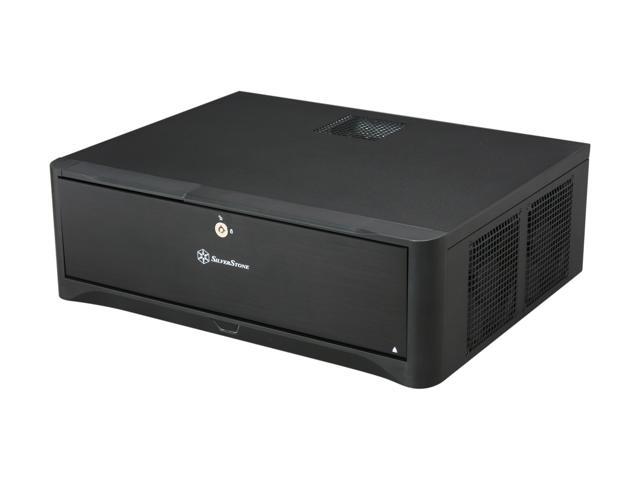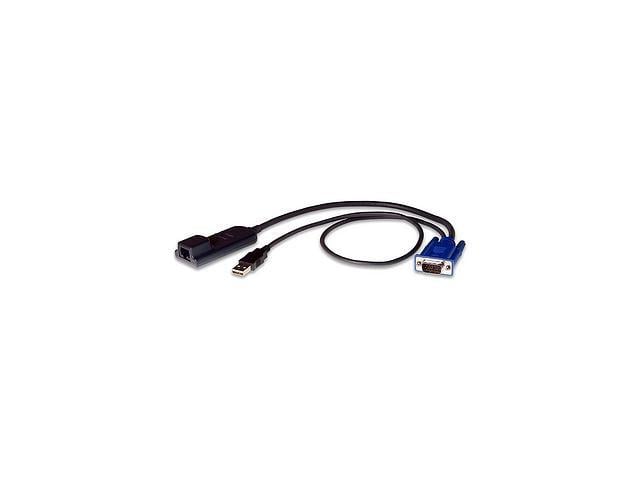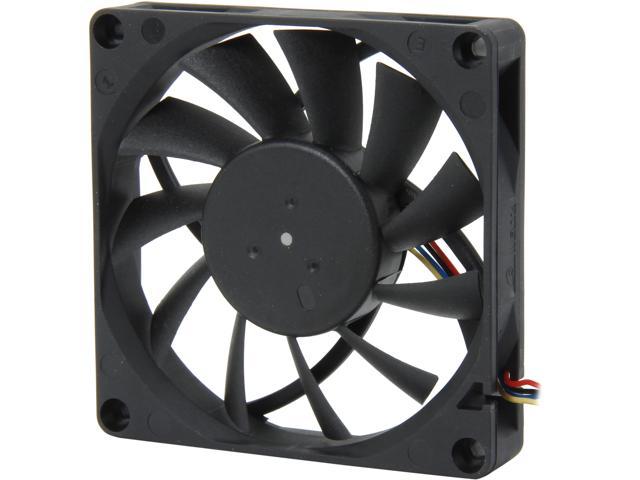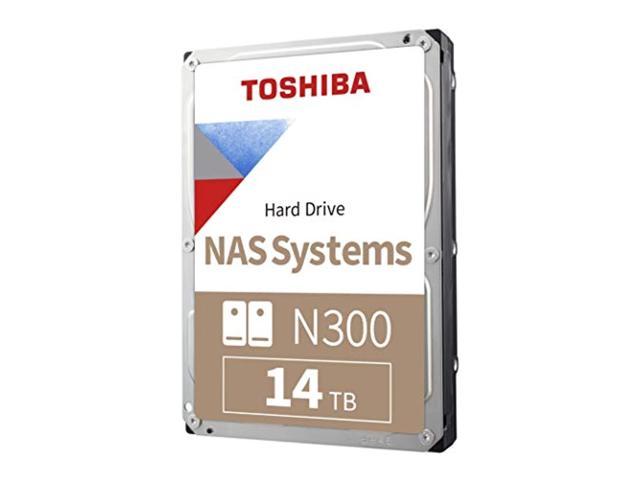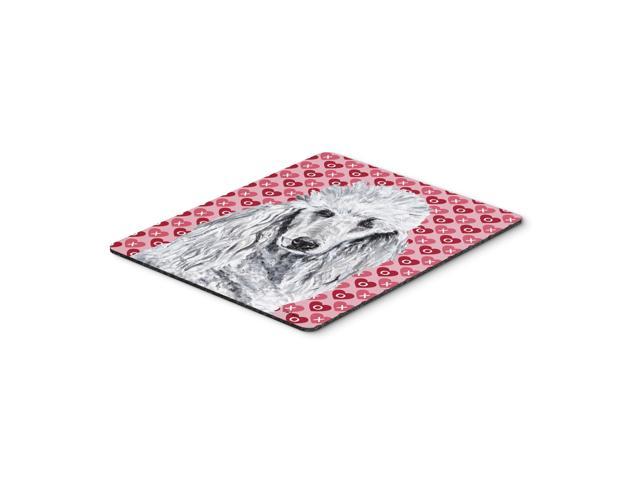Pervasive Computing and Networking aim at providing ubiquitous, ever-present, adaptable, smart, enveloping and immersive environments in which computing components and humans can interact regardless of the location. The combination of an abundance of computational power of the processors and the communication bandwidth provided by the wireless and mobile networking everywhere and all the time makes such environments within the reach of current technology. Yet, to realize the full potential of such environments, many technical and economical challenges needs to be overcome. These challenges and the perspective on the seminal directions of the research in this area were the subject of the Workshop for Pervasive Computing and Networking at Rensselaer Polytechnic Institute, Troy, NY, USA. This book presents chapters based on presentations made at the workshop by leaders in the field. The scope ofAdvances in Pervasive Computing and Networkingranges from fundamental theory of pervasive computing and networking to crucial challenges and emerging applications.
Such seminal topics as a scalable, self-organizing technology for sensor networks, the fundamental relationship between the achievable capacity and delay in mobile wireless networks, the role of self-optimization in sensor networks or similarities and differences between computer networks and their biological counterparts are the subject of the first group of chapters.
The next group of chapters covers communication issues, such as cooperative communication in mobile, wireless and sensor networks, methods for maximizing aggregate throughput in 802.11 mesh networks with a physical carrier, and self-configuring location discovery systems for smart environments. The book closes with chapters focusing on sensor network emerging applications such as smart and safe buildings, a design for a distributed transmitter for reachback based on radar signals sensing and two-radio multi-channel clustering.




